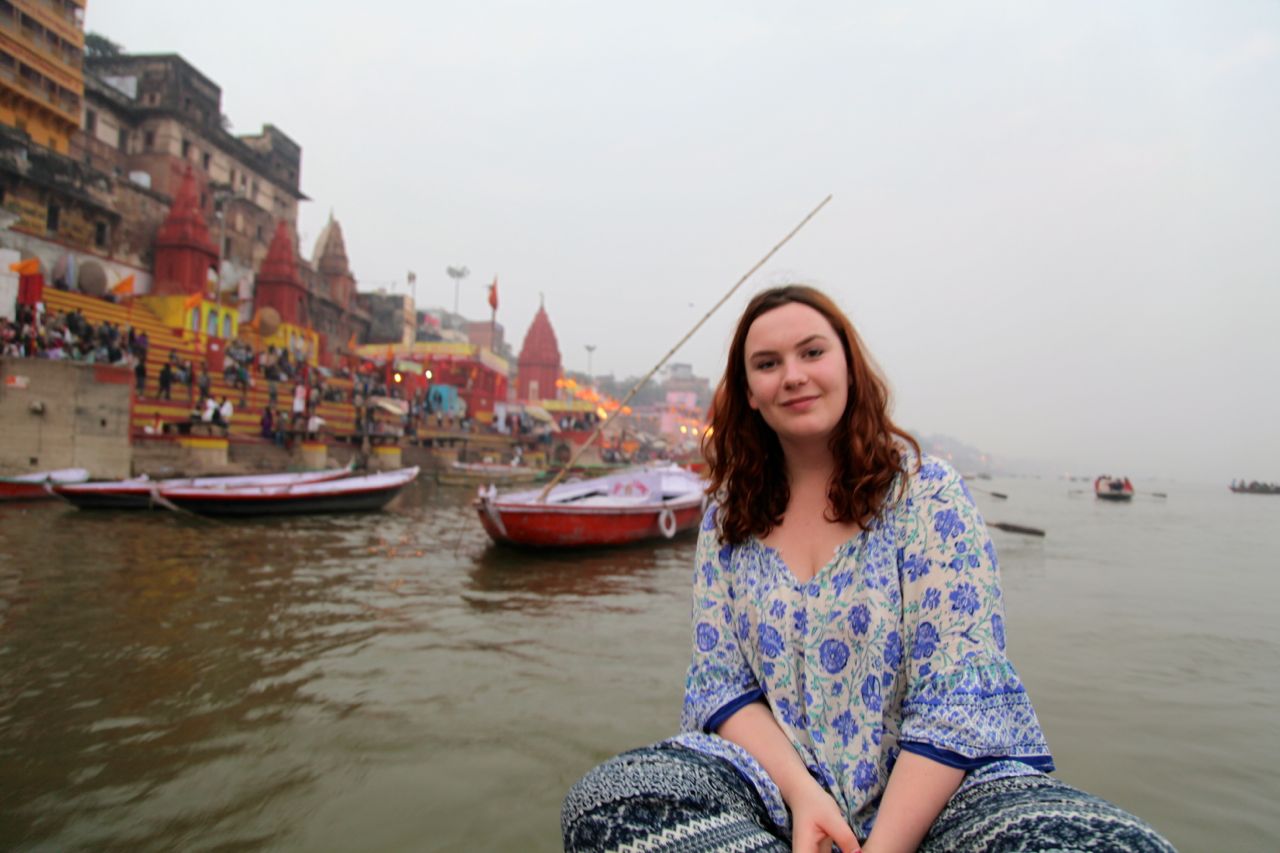I love what he said about deciding what goes into the frame. It’s like he’s treating film as an animation, whereby everything that exists within the frame is created and intentional, it doesn’t just happen to be there.
I also love the point that he said about the limitations of the frame. There’s a lot that you can do with film and a lot that you can’t, and I think limitations aid creativity rather than extinguish it. By understanding your limitations you can try to push the boundaries on what can and can’t be done. For example, you can’t physically touch someone through film, but by putting the right thing in the frame you can elicit the feeling of intimacy and being touched.
I was also excited to read that Scorsese and who he calls the greats all prefer long takes. This is because I do too, and I thought that perhaps it was a naive thing because in film and in particular in TV, directors seem to prefer quick, fancy cuts. This is more technically difficult but easier to cut together, whereas in one take it is easier to set up but harder to execute well. I prefer the latter. As he said “it seems like an older style of filmmaking” which makes me feel that it is old fashioned and unstylish, but it may be classic according to Scorsese. However he is right when it comes to editing in the best shot.
I love his style so it was awesome to read how he goes about constructing a frame, using a normal lens and avoiding zooms and long lens shots. Then he uses an effect, something fancy, something noticeable, whether it be lighting or the aesthetic or a prop etc. It has to be interesting for him and I think that’s a rule I’d like to apply to my own filmmaking, where if the shot doesn’t interest me it isn’t right.
